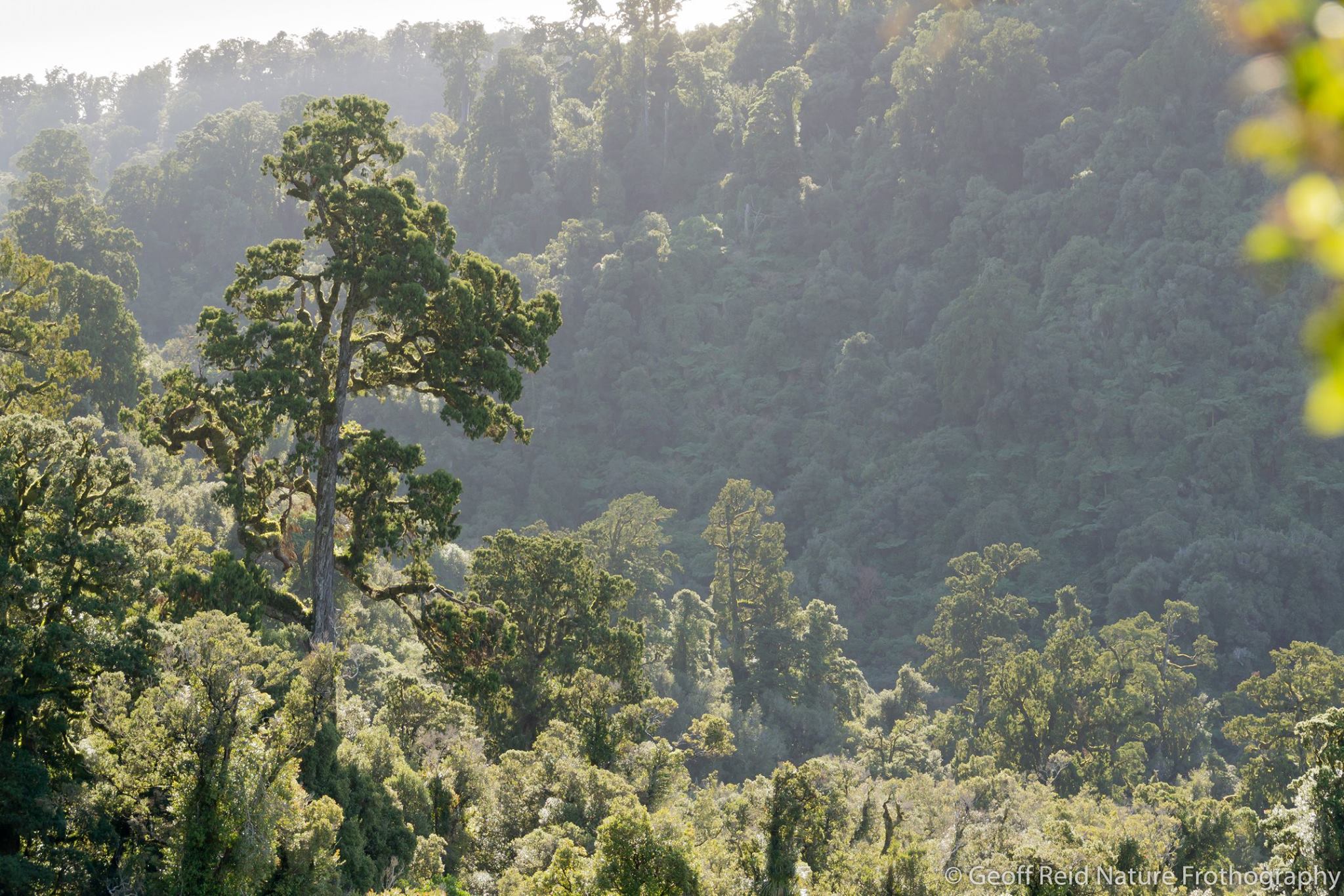The following provocation by Dr. David Hall forms one part of Financing the Future, our dynamic content project exploring the market opportunities for impact investment in Aotearoa New Zealand. The project is produced by Pure Advantage and promoted in association with the Impact Investing National Advisory Board Aotearoa New Zealand and the Responsible Investment Association of Australasia. Access the full project here.
For a small country like Aotearoa New Zealand, this is a potential obstacle to upscaling impact investment.
But the land sector is something of an exception. Agriculture and forestry face big challenges, especially in a warming world. Consequently, there are big opportunities to deliver solutions.
In Our Forest Future, I wrote about opportunities for the forestry sector, in particular the 1.1 million hectares of moderately to severely erosion-prone land in pasture that would benefit from afforestation. That’s more than 4 per cent of the entire country. Impact-oriented investors could play a role in providing the capital to enable land use change.
[aesop_image img=”https://pureadvantage.org/wp-content/uploads/2018/11/Central_North_JoshGriggs-1.jpg” panorama=”off” align=”center” lightbox=”on” captionposition=”left” revealfx=”off” overlay_revealfx=”off”]
But consider also agricultural greenhouse gases. These amount to nearly half of New Zealand’s gross emissions. For the nation to meet its Paris Agreement targets under current accounting rules, these emissions need to decline to some degree, or to be offset. If we presume that this doesn’t involve purchasing international units – which is prudent given the uncertainties about future price, supply and international rules – then it will involve changing our agricultural systems. The recent IPCC Special Report on 1.5°C says that global methane needs to decrease by 35% by 2050. Again, impact investment could play an enabling role in the transition to more sustainable agriculture.
But let’s get more specific. Conversations about impact investment often suffer from too much hand-waving. It’s too often about the promise of impact investment, and not enough about the product. Nevertheless, it’s the availability of product – that is, investable propositions that combine social, environmental and financial benefits – that will drive the upscaling of impact investment.
The opportunity for impact investment can be helpfully seen as a spectrum, which runs from purely commercial propositions at one end, toward propositions that involve some blending of public/private finance at the other end.
Commercial propositions are those that succeed within the market as it’s given, by meeting investor expectations on their own terms. One example would be a carbon farming proposal that uses fast-growing Pinus radiata to deliver a return-on-investment that satisfies typical investor preferences. Another example might be equity shares in a successful impact enterprise, such as an agri-tech company, that delivers sustainability outcomes as well as financial returns for shareholders.
But both examples face obstacles to growth. Carbon farming with Pinus radiata might succeed financially, but scalability is constrained by environmental trade-offs, long-term resilience, and a shortage of social license. In regards to profitable impact enterprises, these are sweet deals when you can get them, but there are relatively few around.
[aesop_image img=”https://pureadvantage.org/wp-content/uploads/2018/11/Central_North5_JoshGriggs-1.jpg” panorama=”off” align=”center” lightbox=”on” captionposition=”left” revealfx=”off” overlay_revealfx=”off”]Far more numerous are “the little deals that could”, the investable propositions that don’t quite meet the financial expectations of investors, in regards to risk, return, scale and tenor. Yet from an impact perspective, these deals might be precisely the ones that deliver the greater social and environmental benefits. For example, carbon farming using native tree species is unlikely to match the carbon sequestration rates of Pinus radiata, but it may deliver a richer stack of impacts such as biodiversity, community support, cultural value, and so on.
Getting such deals over the line is where the most immediate opportunity for growth lies. As I’ve argued elsewhere, this is best achieved through a systems approach, which considers supply- and demand-side factors, as well as the wider enabling environment. For example, tightening environmental standards will increase the cost of capital for activities that transgress those standards, thereby reducing their comparative advantage over more impact-oriented propositions.
But here I’ll focus on the role that financial innovation might play, especially through combining public and private finance. Public money, rather than being distributed through grants, could be used in more subtle ways to monetise non-market benefits, de-risk investments, or aggregate smaller deals into larger propositions. In this way, it can deliver on the promise of “blended finance for integrated impacts”, which delivers a balance of social, environmental and financial benefits.
One product that I’ve been working on – with support from Foundation North – is the Native Forest Bond Scheme. It is an environmental impact bond, whereby the government guarantees to pay for the successful establishment of continuous native forest on erosion-prone land. This payment, which is triggered when impact targets are met, reflects not only the value of sequestered carbon, but also other environmental values such as erosion control and native biodiversity. Consequently, it enables outcomes which otherwise mightn’t attract investment.
[aesop_image img=”https://pureadvantage.org/wp-content/uploads/2018/11/Central_North6_JoshGriggs-1.jpg” panorama=”off” align=”center” lightbox=”on” captionposition=”left” revealfx=”off” overlay_revealfx=”off”]But there are other ways that blended finance could drive impact investment. Credit guarantees, for example, could be used to de-risk investment into alternative agricultural or forestry systems, such as low-input farming or continuous cover forestry. That insurance against insolvency might make all the difference, yet might not cost taxpayers anything if the project delivers its expected return on investment.
Another example: The Nature Conservancy has proposed Sustainable Land Bonds at the international level, where developed countries pay the bond coupon (or interest payment) as long as impact targets are met. A similar structure could easily be used at a regional level, or even a catchment level, to enable change at the landscape scale.
Impact investment cannot deliver all the change that needs to occur in the land sector. Regulation, compliance, environmental taxes and other strategies have a critical role to play. But by mobilising and “crowding in” private capital, impact investment can bring further resources to the challenge. Financial innovation is just another front in the fight to reduce net greenhouse gas emissions.




Leave a comment